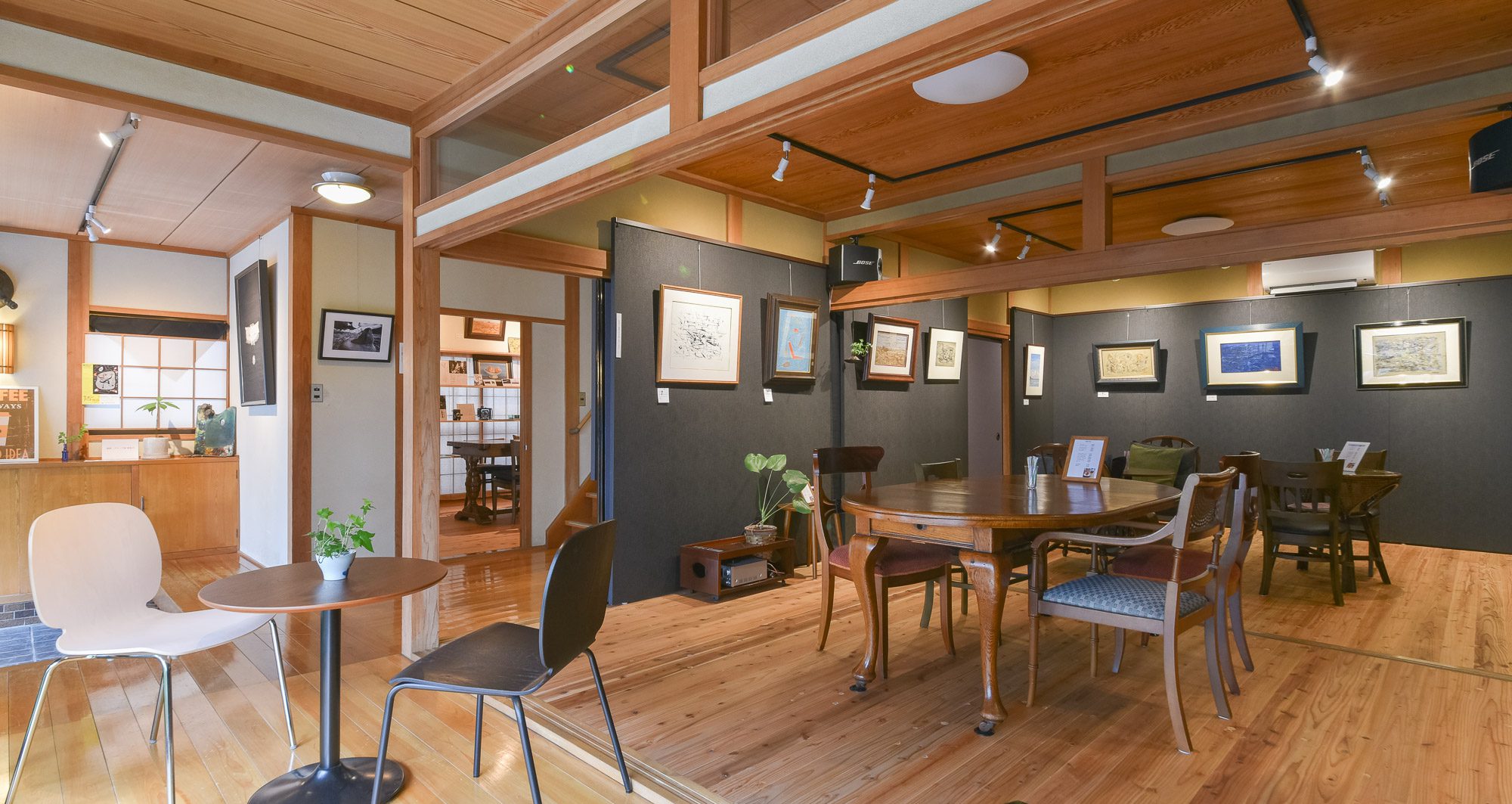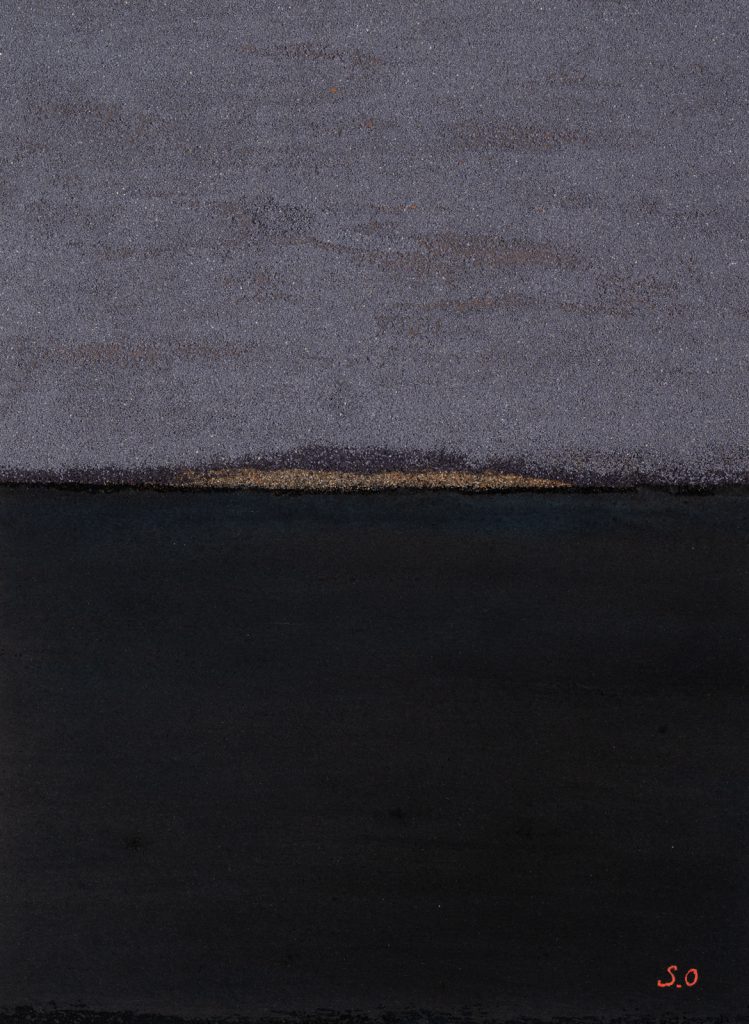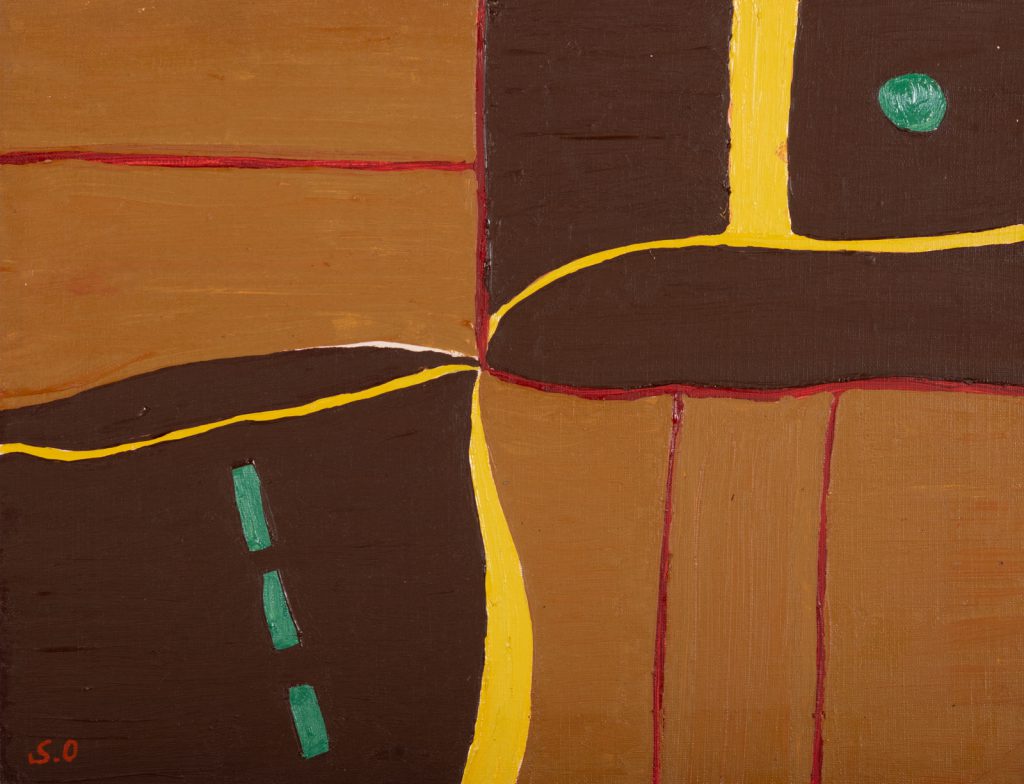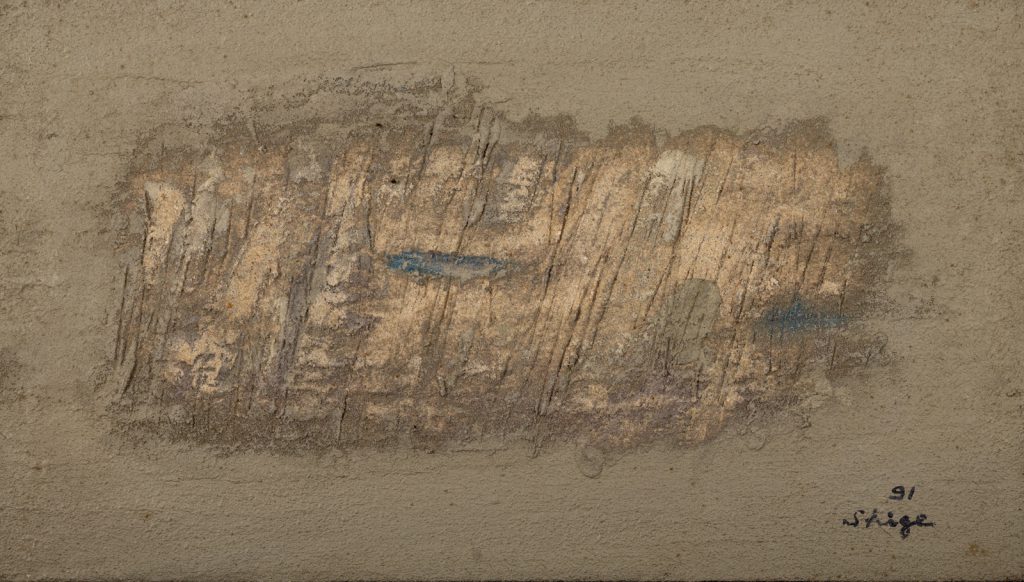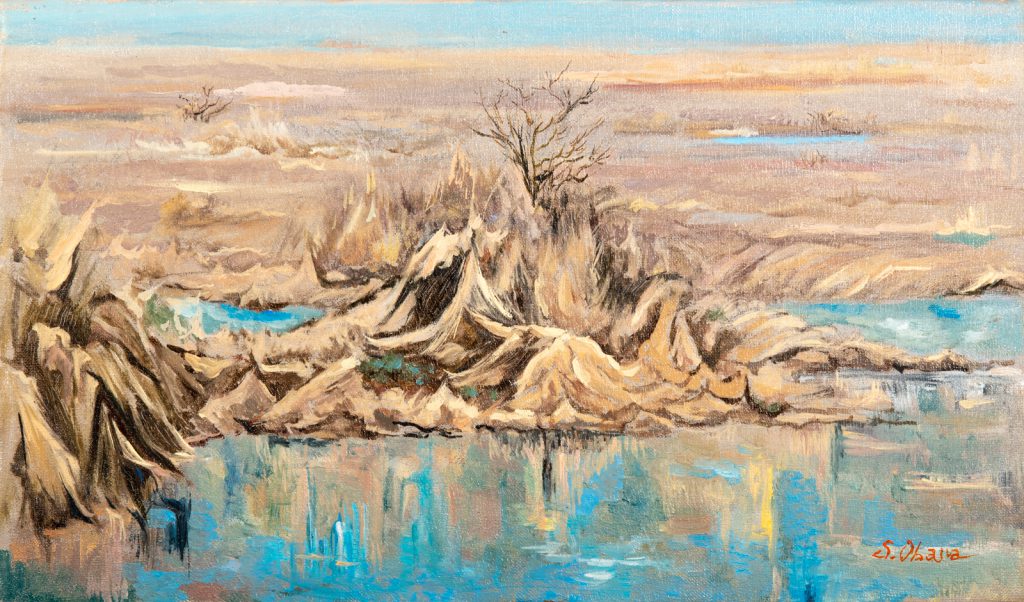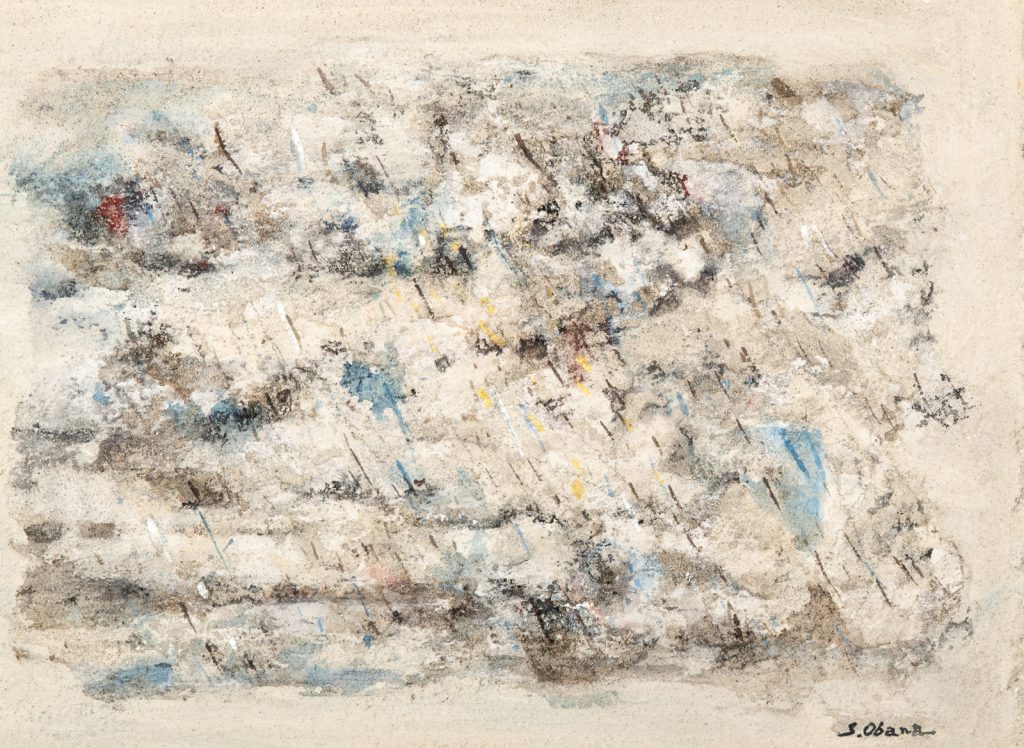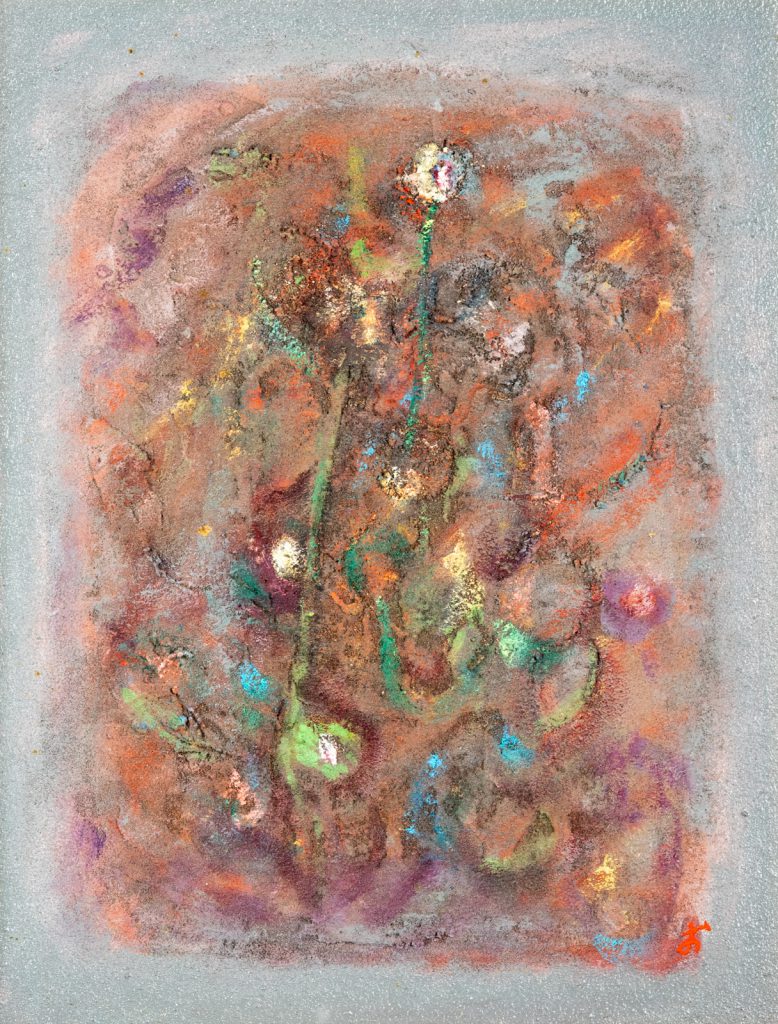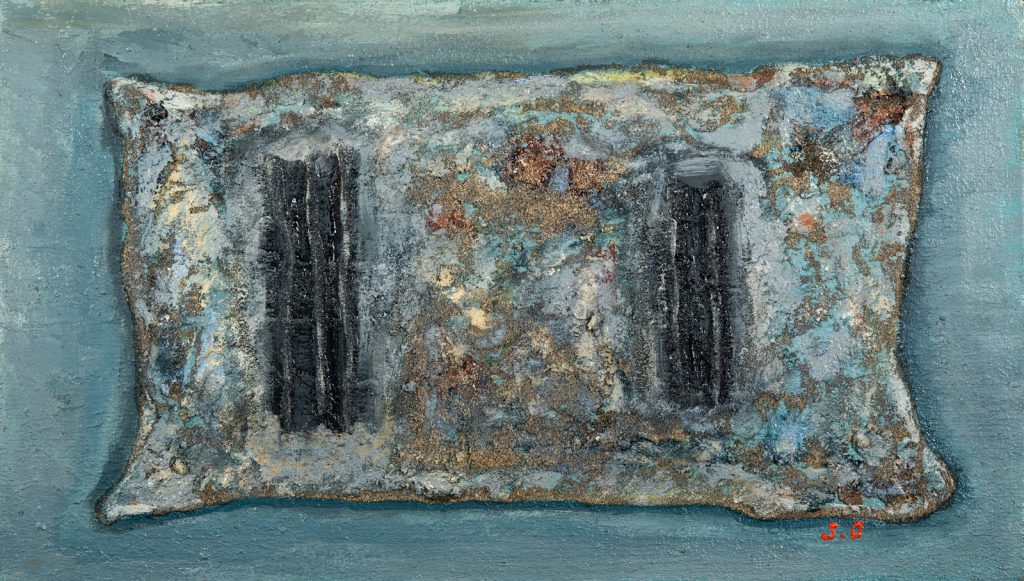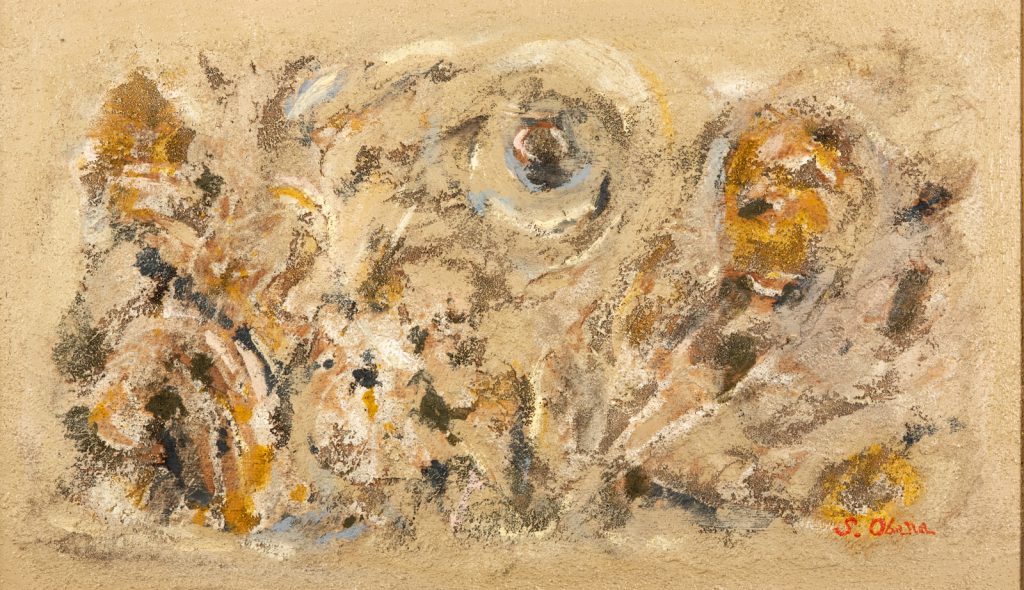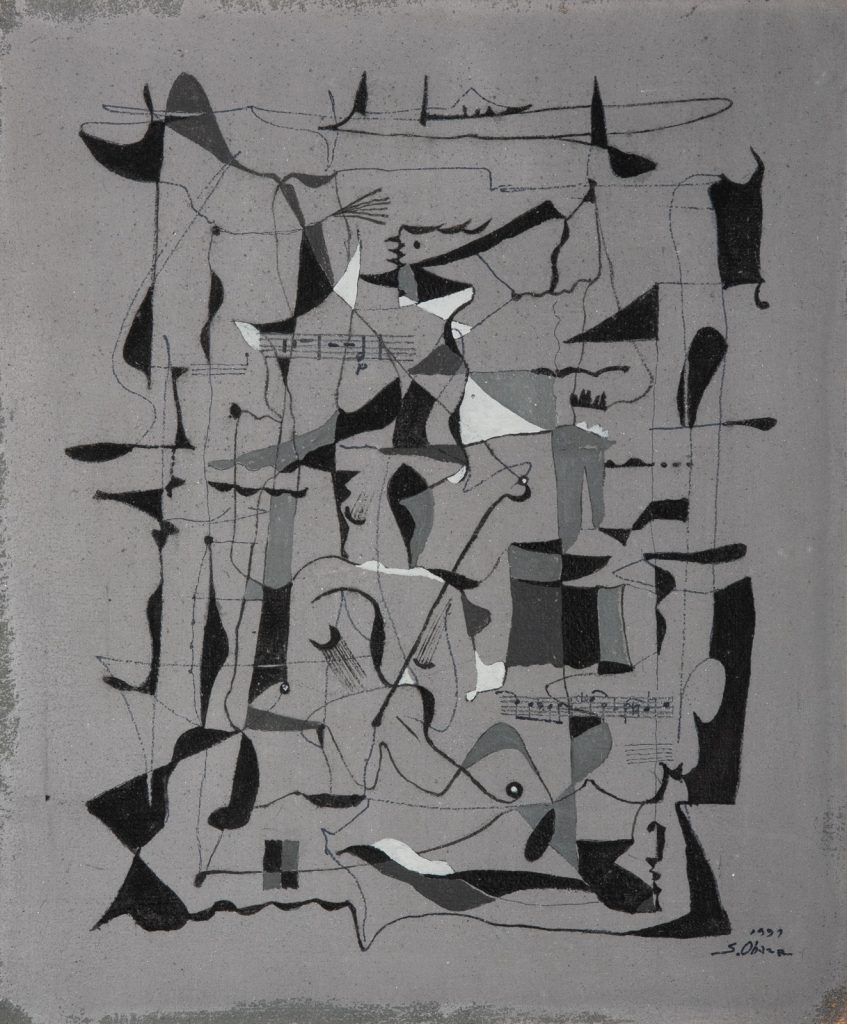
尾花成春は90年代後半から、クラシック音楽をテーマにした絵を描き始めている。当時、九州交響楽団のメンバーが絵を習いに来ており、彼女たちの影響があったのだろう。絵画と室内楽のコラボレーションも度々催していたようだ。
Obana SHIGEHARU started painting on the theme of classical music from the late 1990s.
At that time, some members of the Kyushu Symphony Orchestra came to learn painting, which probably had their influence. They often collaborated with paintings and chamber music.
#尾花成春 #九州派 #ギャラリー #うきは市 #obanashigeharu #kyusyuha #abstractart #abstract#obanashigeharu #kyusyuha #artwork #尾花成春 #九州派 #ギャラリー #うきは市 #obanashigeharu #kyusyuha #abstractart #abstract#obanashigeharu #kyusyuha #artwork #contemporaryart#contemporaryart #musicartwork
